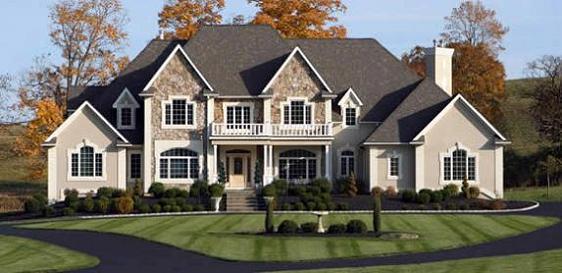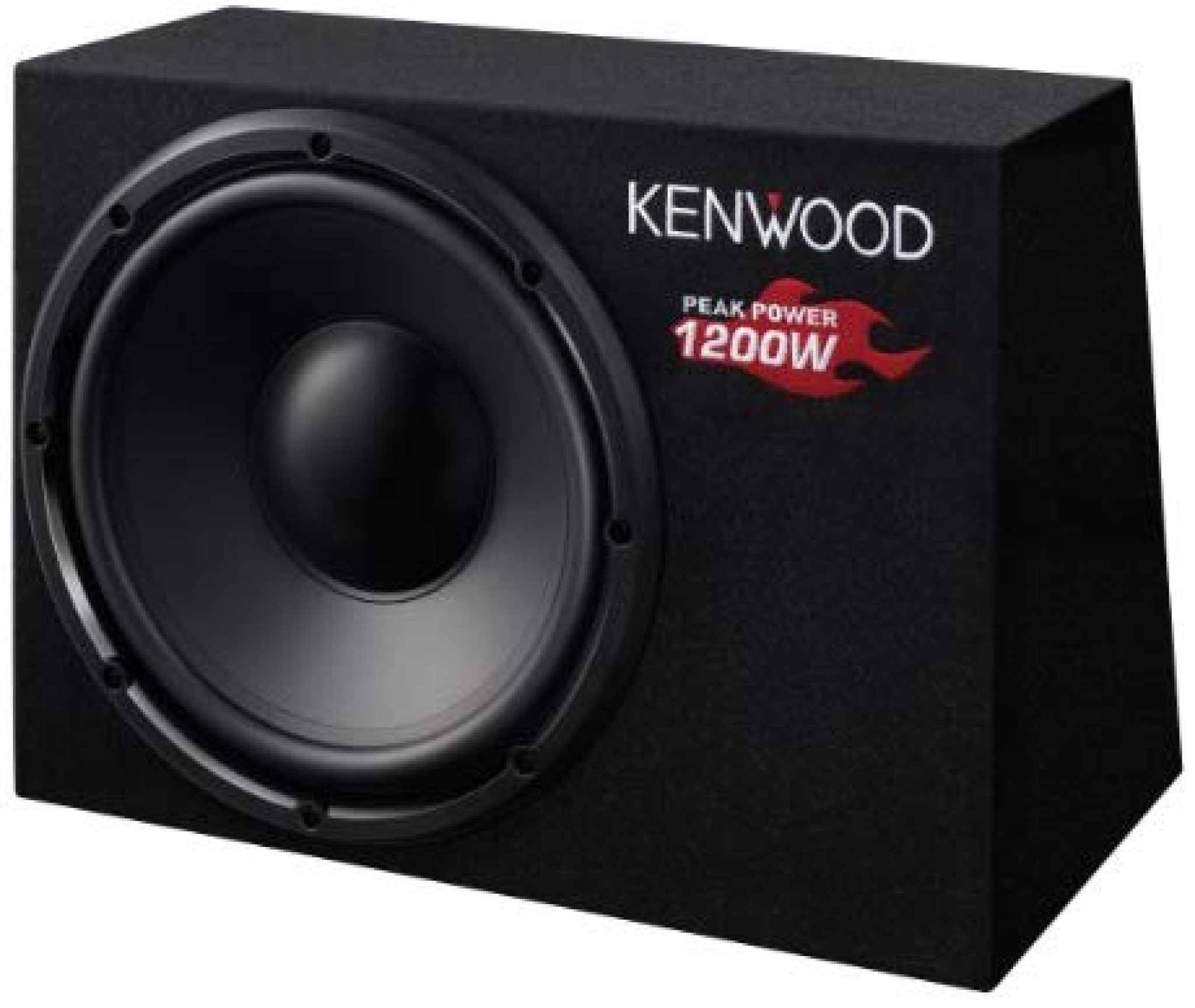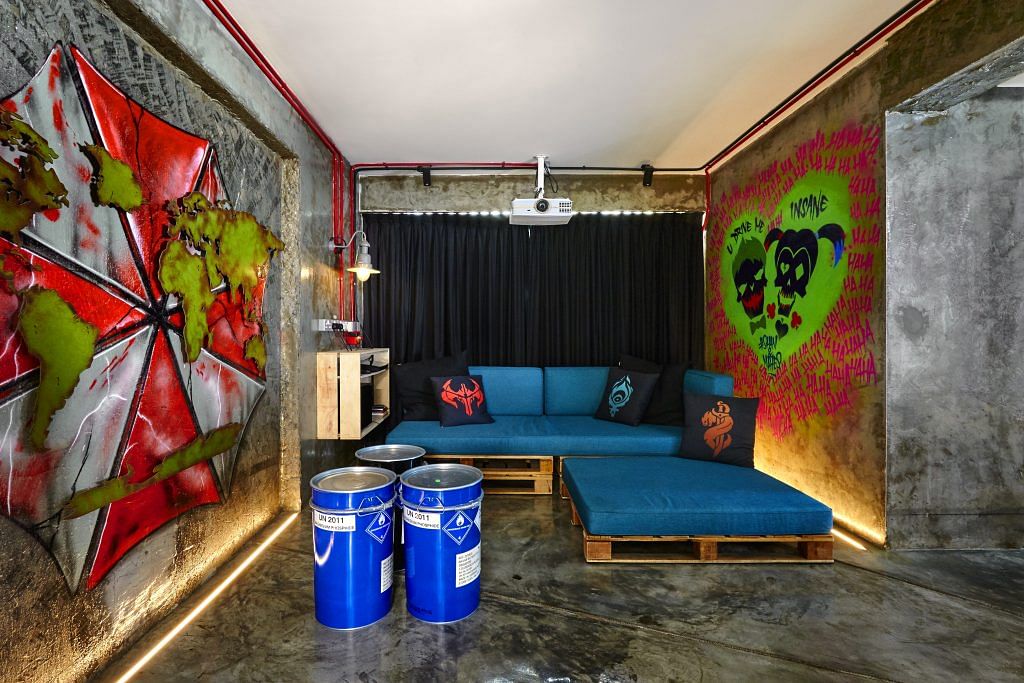Table of Content
- Curtain Size For Sliding Glass Door
- What type of construction classifies as either modular or mobile home
- The Bottom Line: Understand The Pros And Cons Of Modular And Manufactured Homes Before You Buy
- The price difference between modular and manufactured homes
- A Guide to Luxury Manufactured Homes
- Painting A Basement Floor Pros And Cons
- Do Double Wide Mobile Homes on a Full Concrete Foundation Depreciate?
Like mobile homes, modular homes are built off-site in a factory in separate segments, but the sections are transported to the site on flatbed trucks. Unlike manufactured homes, they are subject to the same standards, building codes and quality-control requirements as traditional homes. Because they must be able to withstand any structural stress that may occur during transportation, they can actually be stronger than homes constructed on-site. There are even more differences that include foundation types, value and land placement. Like manufactured homes, modular homes are constructed inside building facilities and then transported to the home site. The main difference between manufactured and modular homes is that manufactured homes are built to the national HUD code, while modular homes are built to all applicable state and local building codes.
This is similar to the way traditional site-built homes are constructed. Manufactured homes have become a beloved option for newlyweds or families that can’t afford to buy site-built houses. What is the difference between manufactured and modular homes or even mobile homes? There are many terms used for different types but overall they are not so different. One of the main differences is that modular homes are assembled on-site with the components fully built in the factory while manufactured homes are fully built in the factory and shipped to the location! Let’s get to exploring and learn about the difference between modular and manufactured homes.
Curtain Size For Sliding Glass Door
However, manufactured homes are the more affordable of the two because they are held to less stringent construction guidelines. A modular home, as the name implies, is a home constructed in different modules. These are different compartments of a home that are built inside of climate-controlled facilities. Once completed, these homes are transported to the final build site where they are placed on permanent foundations and finished out. A manufactured home is a home that has been constructed in a manufacturing facility after June 1976.
Since then he has worked for large corporations in charge of hundreds of dealerships and now owns 13 locations in 5 different states. Built indoors - which means that you don’t have to worry about rains or any climate changes that might have delayed the process of your house building. In this case, both are built in a factory in controlled conditions. Here are very good options if you are looking specifically for manufactured homes.
What type of construction classifies as either modular or mobile home
As you pay off your mortgage, you’ll be working toward complete ownership of your home and your plot of land. Mobile homes are constrained by the fact that they must fit on a trailer to haul. If mobile homes stray from the specified dimensions, they cannot be shipped via truck. Manufactured homes typically produce far less waste than other housing types because of their size and structure. Some financial institutions will grant you a conventional mortgage for your manufactured home, but only if you are planning to place the home on a permanent foundation. Another advantage of building a modular home is, the construction process is less at the mercy of the weather.

Modular homes are usually more affordable than traditional homes due to more efficient construction methods. Modular homes are seen as permanent structures and manufactured homes are often classified as recreational vehicles ’s. Manufactured and modular homes have long been thought to be the same type of home. The fact is, the similarities start to disappear after you get past the place in which they are constructed. So, what is the difference between a manufactured home and a modular home?
The Bottom Line: Understand The Pros And Cons Of Modular And Manufactured Homes Before You Buy
This site is not authorized by the New York State Department of Financial Services. No mortgage solicitation activity or loan applications for properties located in the State of New York can be facilitated through this site. Licensed by the Department of Business Oversight under the California Residential Mortgage Lending Act. We offer several options and would be happy to discuss them with you or answer any questions you may have.
This additional room height throughout the home really gives a feeling of spaciousness. Chassis and Frame – The framing underneath that supports the home was generally beefed up with two strong I-beams running the length of the home. Across these beams, floor joists were placed perpendicular to which the subfloor of the home was attached. Roof – The steel roofs found on many older homes gave way to pitched roofs with traditional asphalt shingle tiles.
Are Tiny Homes Technically Mobile Homes?
Modular homes can be built “on frame” or “off frame” depending on your preference. Off frame mods have 2 x 10 floor joists and the delivery chassis is removed from under the home. The differences in building cost are quite responsible for the popularity of mobile homes since these constructions are an affordable housing option. Building a mobile home has a cost per square foot of around $30 to $60, while the average price per square foot of a modular homes $50 to $100 . Both modular and mobile homes can offer a good housing solution though not in all situations. You’ll also find a difference between the two types of home in terms of financing your purchase.
Modular homes have recently been growing in popularity, especially in rural areas. At first glance, it is hard to tell a modular home from a typical home. Modular homes have a lot of flexibility and a lot of customization options. These are a few of the questions that will be looked at in this article. In December 1997, a study showed that the wider homes could be delivered safely, but some opponents still wanted the program to end.
Many energy-efficient options will often come standard, or be available as upgrades, from a modern prefabricated home builder. These options may include smart thermostats, energy-efficient windows and doors, and even solar panels. Choosing to increase your home’s energy-efficiency with some of these features will not only help save you money on electric bills, but it may also help to decrease the home’s environmental footprint. Census Bureau, as of August 2020, the average manufactured home sells for around $88,000 USD, while an on-site home averages around $335,000 USD. While they tend to be less expensive than on-site homes, customizations, location, and materials can drive the price up.

Home Design Options – Options for customization are endless with modular homes. You can choose a variety of add-ons including finishes and flooring. Modular homes can also be built to be more energy-efficient and environmentally-friendly. For example, you can choose finishes, flooring, and the design of your manufactured home’s kitchen, bathroom, and more. Depending on the size home you choose, you can expand your house to include more rooms.
Manufactured home builder Oak Creek Homes has been building mobile, manufactured, and modular homes for over 50 years! Oak Creek homes can be purchased at any of our 18 Home Centers across Texas, Oklahoma, and Louisiana. There are different construction methods and standards when it comes to mobile, modular, and manufactured homes. Being a generalized rule applicable to the whole United States territory, the HUD code can’t consider specific situations affecting only a few locations. To address this issue the HUD code proposes three different wind zones and a mobile home can be built according to one of these .

The above picture is of a more modern type of travel trailer, similar in use to those of decades gone by. Therefore, those locations where safety measures are extremely important to be taken into consideration such as areas where extreme weather events are common, are often contemplated in the building Codes. This is the case of Florida’s Building Codes, which are carefully strengthen to ensure the safety of the buildings placed in hurricane prone areas .




























